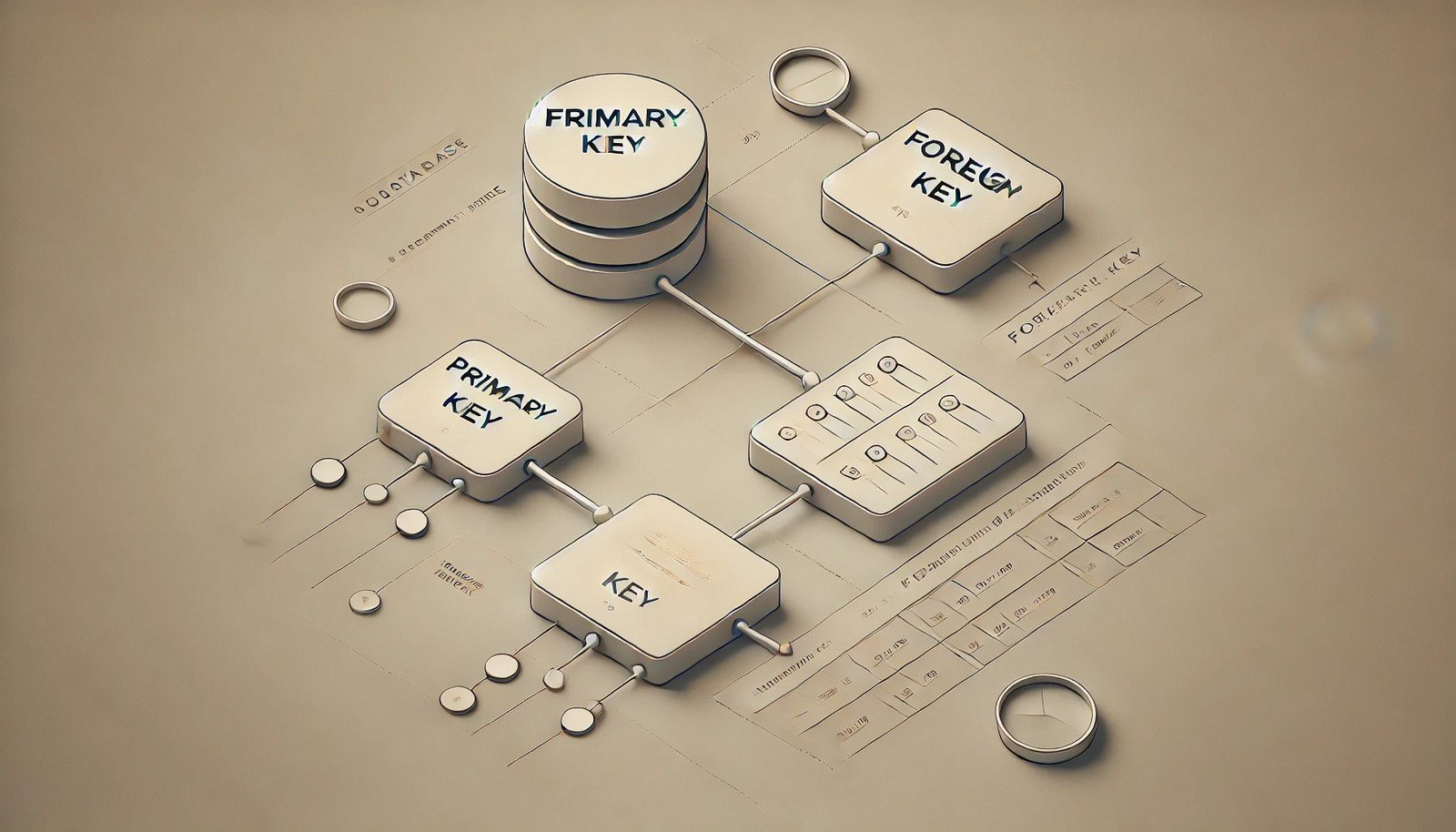Foreign Keys
 (Representational Image | Source: Dall-E)
(Representational Image | Source: Dall-E)
Quick Navigation:
- Foreign Keys Definition
- Foreign Keys Explained Easy
- Foreign Keys Origin
- Foreign Keys Etymology
- Foreign Keys Usage Trends
- Foreign Keys Usage
- Foreign Keys Examples in Context
- Foreign Keys FAQ
- Foreign Keys Related Words
Foreign Keys Definition
A foreign key is a field (or collection of fields) in a database table that establishes a relationship between two tables. It refers to the primary key in another table, ensuring data integrity and enforcing referential constraints. Foreign keys prevent invalid data entry and maintain consistency across database relationships. They are crucial in relational databases like MySQL, PostgreSQL, and SQL Server, enabling efficient querying and management of data.
Foreign Keys Explained Easy
Imagine you have two notebooks: one contains your friends' names, and another lists their phone numbers. Instead of rewriting names in both notebooks, you write a reference number in the second notebook that matches the entry in the first. This way, whenever you need a friend's phone number, you look up their reference. A foreign key works similarly in databases, linking data between different tables without duplicating information.
Foreign Keys Origin
The concept of foreign keys originates from early database theory, particularly in relational databases, which were formalized by Edgar F. Codd in the 1970s. As relational database management systems (RDBMS) evolved, foreign keys became a fundamental mechanism for ensuring data integrity in structured databases.
Foreign Keys Etymology
The term "foreign key" comes from the fact that it refers to a key in another (foreign) table, linking records across tables in a relational database.
Foreign Keys Usage Trends
Foreign keys have remained integral to relational databases since their inception. While NoSQL databases have gained popularity, SQL-based RDBMS (e.g., MySQL, PostgreSQL, and Oracle) continue to dominate enterprise applications. Cloud-based solutions like Amazon RDS and Google Cloud SQL reinforce the importance of relational databases, keeping foreign keys relevant in modern computing.
Foreign Keys Usage
- Formal/Technical Tagging:
- Database Management
- Relational Databases
- SQL Constraints - Typical Collocations:
- "Define a foreign key"
- "Foreign key constraint"
- "Enforce referential integrity with foreign keys"
- "Primary and foreign key relationships"
Foreign Keys Examples in Context
- A foreign key in an Orders table links to the Customers table to associate orders with the right customer.
- The Students table in a university database has a foreign key linking to the Courses table, identifying which course each student is enrolled in.
- An Employees table may use a foreign key to reference a Departments table, ensuring that every employee is assigned to an existing department.
Foreign Keys FAQ
- What is a foreign key?
A foreign key is a field in a database table that links to a primary key in another table to enforce relationships and maintain data integrity. - How does a foreign key ensure referential integrity?
It prevents actions that would break links between tables, such as deleting referenced records or inserting invalid references. - Can a foreign key be null?
Yes, if the relationship is optional, a foreign key column can have null values. - Can a table have multiple foreign keys?
Yes, a table can have multiple foreign keys referencing different tables. - What is the difference between a primary key and a foreign key?
A primary key uniquely identifies a record within a table, while a foreign key references a primary key in another table.
Foreign Keys Related Words
- Categories/Topics:
- Database Design
- SQL Constraints
- Relational Data Modeling
Did you know?
In 1995, Oracle introduced the cascading foreign key feature, which allows automatic deletion or updating of related records. This feature simplified database management and became widely adopted in modern relational databases.
PicDictionary.com is an online dictionary in pictures. If you have questions or suggestions, please reach out to us on WhatsApp or Twitter.Authors | Arjun Vishnu | @ArjunAndVishnu

I am Vishnu. I like AI, Linux, Single Board Computers, and Cloud Computing. I create the web & video content, and I also write for popular websites.
My younger brother, Arjun handles image & video editing. Together, we run a YouTube Channel that's focused on reviewing gadgets and explaining technology.



Comments powered by CComment